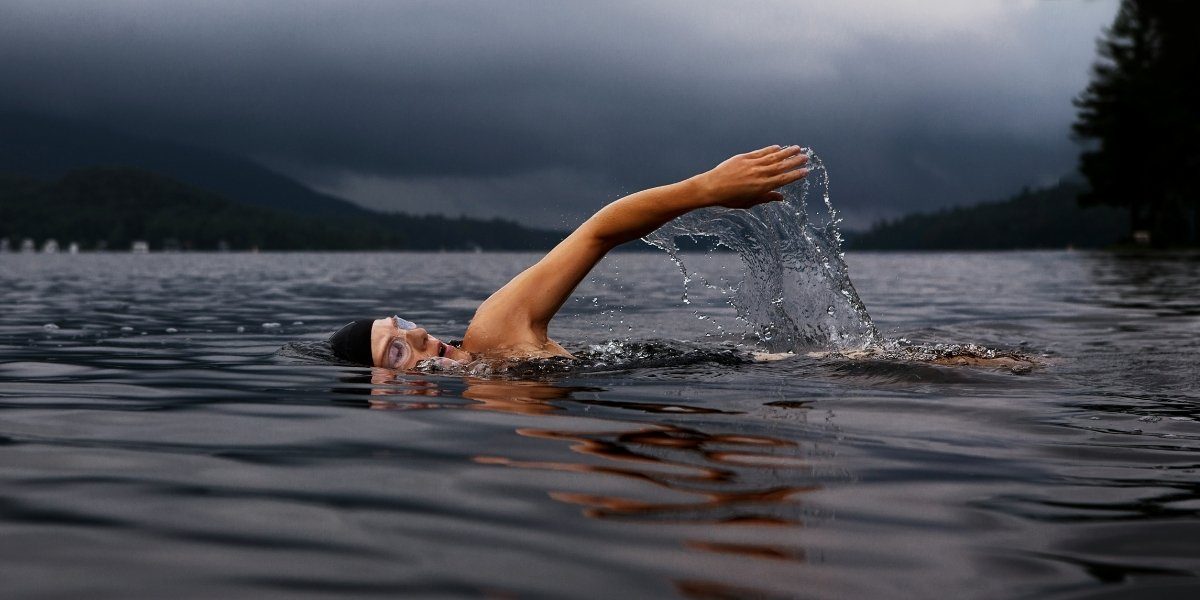Swim Longer with These Efficient Breathing Techniques
When it comes to swimming, one of the most important skills to master is breathing. Proper breathing can make a huge difference in endurance, speed, and overall performance. By learning how to breathe efficiently while swimming, athletes can significantly increase their stamina, allowing them to swim longer without feeling fatigued. Whether you’re a beginner or an experienced swimmer, adopting the right breathing techniques can help you achieve your swimming goals.
Read Also: Luxury Home Fragrances for a Sophisticated Ambiance
Why Is Proper Breathing Important for Swimming?
Breathing efficiently during swimming ensures that your body gets the oxygen it needs to maintain energy throughout your workout. When you swim, your muscles require a steady flow of oxygen to function effectively, especially during intense laps. Improper breathing or holding your breath too long can cause you to tire quickly, reducing your overall performance in the water.
Breathing well also helps you stay relaxed. Tension in your body, especially in the chest and lungs, can slow you down. By using proper breathing techniques, swimmers can keep their muscles and mind relaxed, leading to smoother strokes and better endurance.
What Are the Key Breathing Techniques for Swimming?
There are several key breathing techniques that swimmers can incorporate into their routine to improve endurance and efficiency in the water.
Bilateral Breathing: Why It’s a Game Changer
Bilateral breathing refers to breathing on both sides while swimming. This technique is particularly beneficial for freestyle swimmers. It ensures that you’re not overworking one side of your body and helps maintain a balanced stroke.
When you alternate sides while breathing, you engage both sides of your body, helping you stay centered and improve your stroke mechanics. Bilateral breathing also allows you to observe your surroundings, which can be important in open-water swimming.
To practice bilateral breathing, focus on rotating your body evenly with each stroke, ensuring that your mouth clears the water on both sides. This may feel challenging at first, but over time, it can make a huge difference in your swimming endurance and overall comfort.
Exhaling Underwater: The Key to Avoiding Shortness of Breath
Exhaling underwater is one of the simplest yet most effective techniques to improve your breathing while swimming. Instead of holding your breath, exhale through your nose as your head is submerged. This ensures you have a full exhale, which makes it easier to take a deep breath when you rotate your head to breathe.
By exhaling underwater, you prevent the buildup of carbon dioxide in your body, which can cause fatigue and discomfort. It also reduces the time spent breathing, allowing you to maintain a more consistent rhythm in your strokes.
The 2-2-2 Breathing Pattern: Consistency Is Key
A common breathing pattern used by many swimmers is the 2-2-2 method. This pattern involves breathing every two strokes. This helps to create a natural rhythm and ensures you’re taking consistent breaths throughout your swim. It also provides your body with a steady flow of oxygen, which is essential for sustaining long-distance swimming.
For example, during a freestyle stroke, you breathe every two strokes on the right, then every two strokes on the left. By maintaining this pattern, you reduce the chances of hyperventilating and prevent fatigue. The 2-2-2 pattern works well for both short sprints and long-distance swims, offering swimmers a reliable way to breathe efficiently.
How Can Breathing Technique Impact Swimming Performance?
Breathing technique directly impacts swimming performance in several key ways. When you breathe effectively, your body can maintain a steady pace without burning out too quickly. This allows you to swim longer and more efficiently. Poor breathing habits, such as holding your breath or gasping for air, can cause your muscles to fatigue faster, leading to slower times and diminished stamina.
Additionally, proper breathing helps maintain body position and balance in the water. When you exhale properly and maintain a relaxed breathing rhythm, your body remains aligned, which can improve your speed and reduce drag. It’s essential to practice these techniques regularly to condition your body to breathe more efficiently and swim longer distances.
Tips for Improving Breathing in Swimming
Improving your swimming breath control requires consistency and focus. Here are a few additional tips that can help you refine your breathing techniques:
- Focus on Timing: Pay attention to when you breathe and make sure you’re not overexerting yourself. Practice breathing in time with your strokes to avoid interruptions in your rhythm.
- Strengthen Your Lungs: To build lung capacity, practice breathing exercises on land. The more oxygen your lungs can hold, the more efficiently you can breathe while swimming.
- Stay Relaxed: Tension can make breathing difficult. Stay calm and relaxed throughout your swim to maintain steady breaths.
- Incorporate Drills: Use breathing-focused drills to help you develop a rhythm and get accustomed to different breathing techniques, such as the 2-2-2 method or bilateral breathing.
Read Also: Teaching Your Kids About Money: Key Lessons to Start Early
Swim Smarter, Not Harder
Learning how to breathe efficiently while swimming is a crucial skill that can help you swim longer and with greater ease. By incorporating techniques like bilateral breathing, exhaling underwater, and maintaining a consistent breathing pattern, you can improve your endurance and comfort in the water. With practice, these techniques will become second nature, helping you swim smarter, not harder.
Remember, consistent practice is key. The more you work on your breathing techniques, the better you’ll become at swimming longer distances with less fatigue. So, take a deep breath, dive in, and start improving your swimming today!






